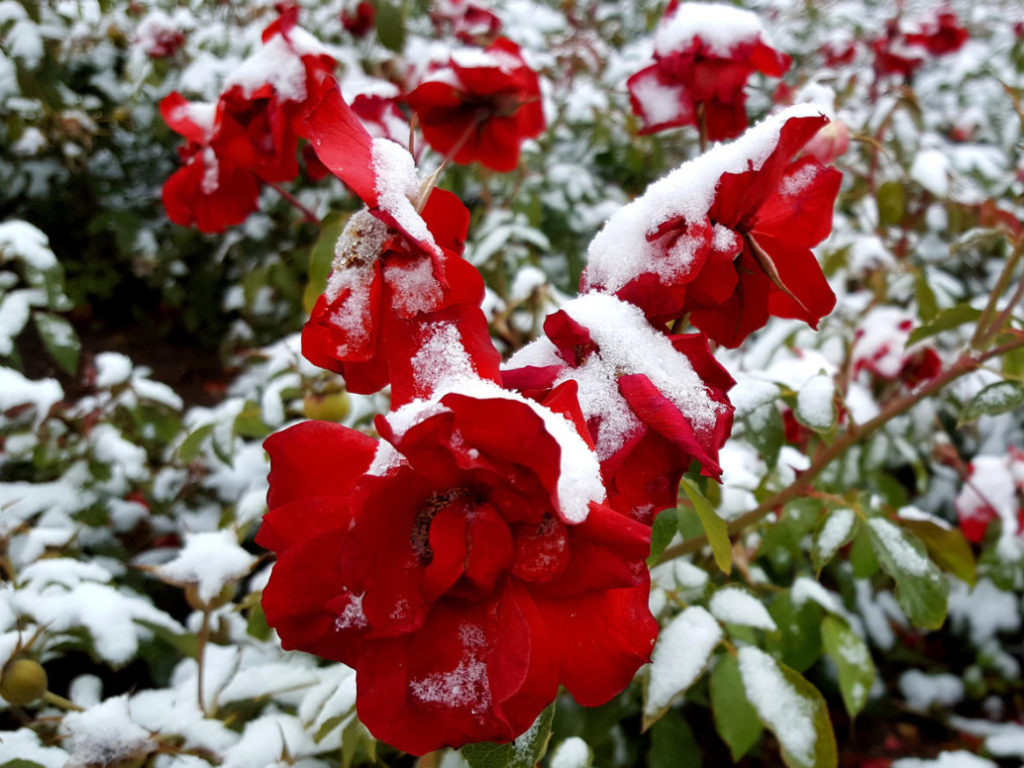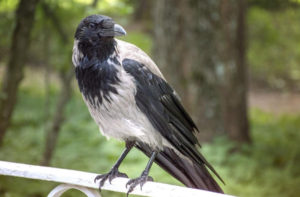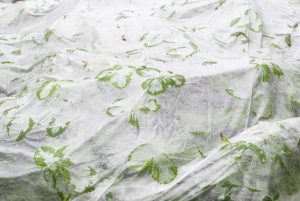Get out of the storerooms covering material and go to the garden-to dress the heat-loving sissies in winter “coats”. And here the main thing – do not overdo it, do not hide the plants, which do not need such care at all.
Why hide at all?
To begin with, let’s remember that the plants we shelter then, to protect them from:
- severe frost;
- sudden temperature changes;
- sunburn;
- the crown of the fracture from the stuck snow;
- glaciations;
- withering winds.
What will we hide?
Let our “conditional” cottage will be in the middle lane, and gardeners in other regions will make an amendment to their climate. And it, by the way, every year becomes more unpredictable and more generous on weather surprises which pleasant to call language will not turn. Making a list of applicants for shelter, I tried to take into account (as far as possible) and the recommendations of experts, and the advice of experienced gardeners. Naturally, the decision to shelter a particular species will still have to take a summer resident-successful wintering depends on too many factors.
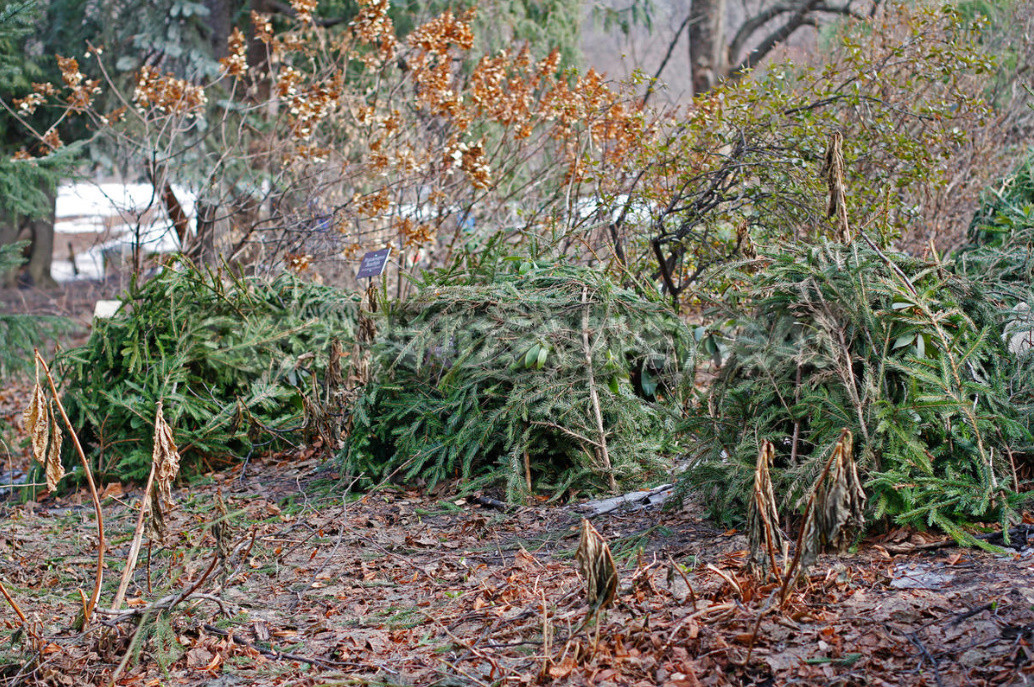
Coniferous
Shelter young planting (especially autumn) of any coniferous crops. The best material is recognized spruce branches, but suitable and Kraft paper, and burlap, and non-woven fabric. In addition, it is necessary to mulch the barrel circle with chips, humus, peat (the layer should be at least 10-20 cm). Do not forget about the importance of winter water-charging irrigation-dehydrated settlers have very little chance to safely survive the harsh winter and unpredictable spring. But the swamp at the roots to arrange in any case the water is not a panacea from freezing, everything is good in moderation. Adult plants do not need shelter, but moisture-charging watering and mulching of the barrel circle will not hurt them.
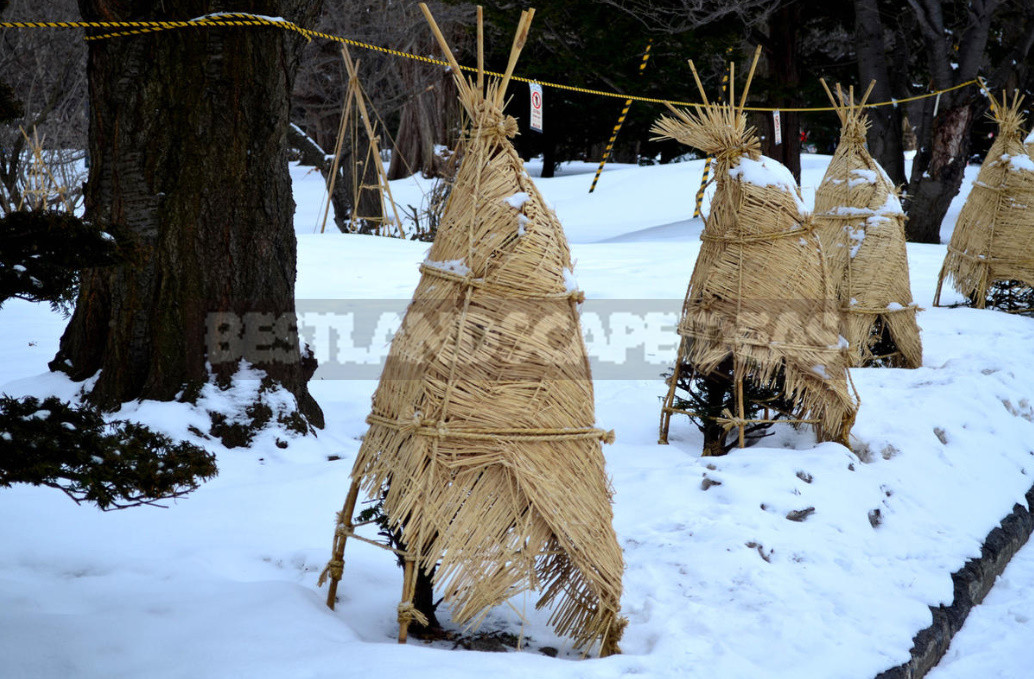
In multi-snow regions, the spreading crowns of conifers for the winter are recommended to be pulled together to avoid faults. However, if you stay to winter in the country-it is better to regularly shake off the snow from the branches. So you and the winter garden, plenty of work up, and coniferous will save. Well, in the second half of winter they will need to shade from the bright sun.
Roses
Care for these beauties (and shelter including) florists have paid so much attention that there is no point in repeating. I will say briefly: experienced summer residents are advised to first hog the bushes, and hide only after the onset of stable frosts.
Even in the flower beds will need to take care of the shelter of hydrangeas and rhododendrons, just in case (suddenly the winter will be frosty, but without snow) properly mulch the planting of bulbous, perennial bases.
Clematises
Admirers of these vines are ready to hide their Pets under three layers of covering materials, if only they safely survived the winter weather. I understand perfectly the desire of vacationers, but fear is a bad counselor. So pull yourself together and cover the clematis by the rules. Mandatory condition: in dry weather and only dry materials!

The easiest way to organize the wintering clematis 3rd group: cut the shoots, leaving 10-15 cm at the base of the Bush pour a bucket of earth (soil is desirable to stock up in advance, and not to dig holes near the vines). And that’s all! Let the plants sleep until spring. With species of the 2nd group will have to Tinker longer, but double flowering is worth it! So, the main thing – to be patient and carefully remove the vine from the supports: a sharp pruner carefully cut the tendrils and petioles of leaves, which she holds on to the support (and clematis cling to her literally death grip).
Removed? And now feel like a conductor of flowering next year: if you want both waves to be approximately the same in intensity, shorten the shoots by half the length, you want to strengthen the summer – leave the lashes 30-70 cm long, give priority to the spring-do not cut anything at all. As species of the 1st group: they are also not cut in the autumn, except that you need to rejuvenate the Bush.
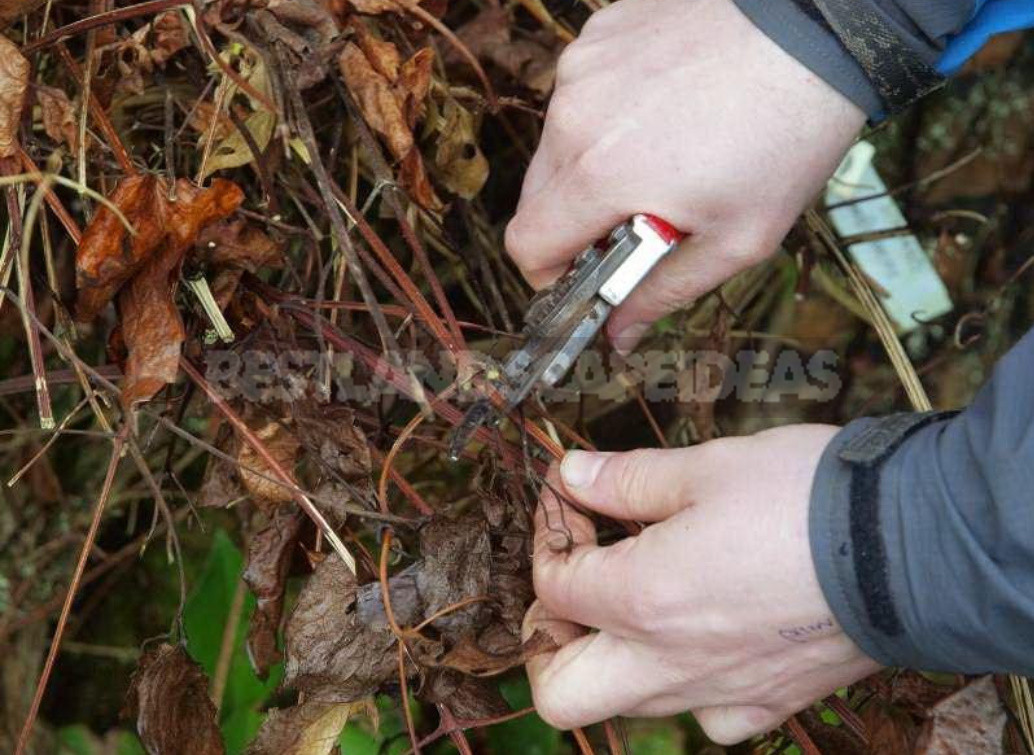
After the lashes are removed and shortened, they are laid on the ground (you can put spruce branches, brushwood, reeds; sawdust did not justify the trust-moisture-intensive) and cover with the same spruce branches, branches, stems of annual crops – that is at hand. And now you need to protect the clematis from precipitation, but so that they have the opportunity to “breathe”: you can cover the shoots with an inverted box, and throw a film or a dense non-woven material on top of it, the benefit of their range in stores is now amazing. Turning over in his mind the options (the clematis to hide from snow and rain), I remembered how I suffered with figs.
A negative result is also an experience
In fact, I do not have a lot of plants that need to be covered – the fuse to grow exotic somehow subsided. I don’t know, maybe a temporary lull. A major headache in the autumn of my figs. Oh, how he tormented me, I can not Express words: I could not build such a shelter that he did not shed the ovaries.
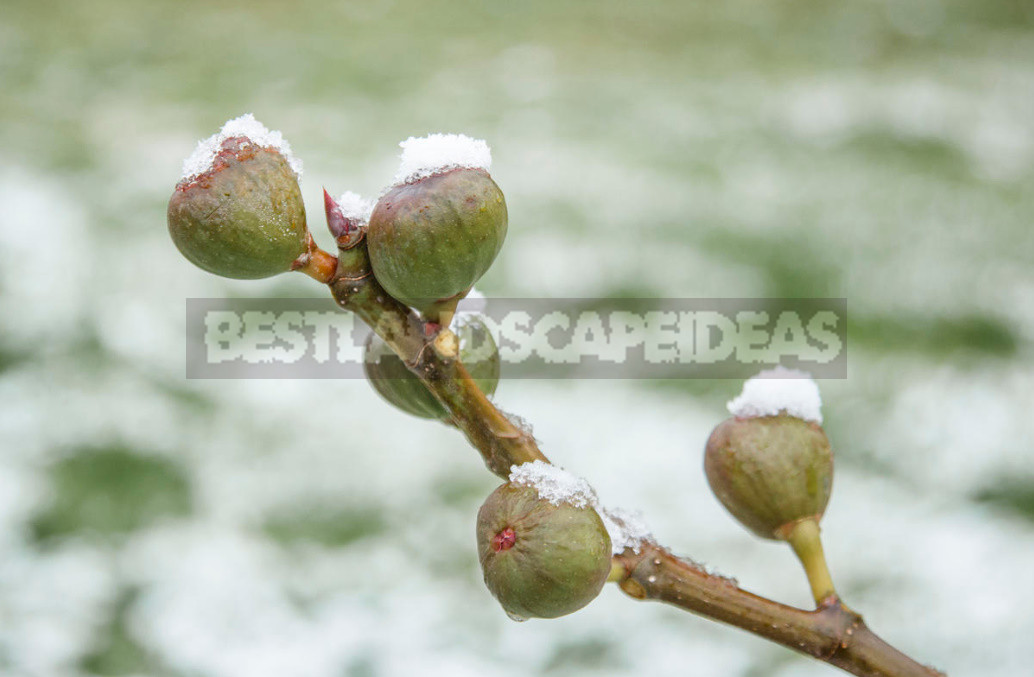
What have I not tried! And hilling, and Newspapers, and reeds, and spunbond, and various combinations of materials and techniques. Nothing worked. The root always remained alive, but it’s how long you have to wait until the shoots grow, until the first fruits ripen… whether it would matter if he was already in March with tiny fruits, exposing them to the hot sun!
One winter, I just did not know peace, and did nothing but monitor the temperature of the air and endlessly opened and re-wrapped it. How long this running went on I cannot say for certain, it seemed to me that years passed before spring came. By the time it was time to remove the shelter, I did not want to see figs, or even hear about it…
And recently, a neighbor brought from the garden center a ready cone for trees made of non-woven material in the size of 1, 2×1, 7 m – exactly what I need! How could I have never seen one?! I hope that now my torment is over: the base of the Bush will be Spud higher, and the crown will be pulled off and hidden in a cover.
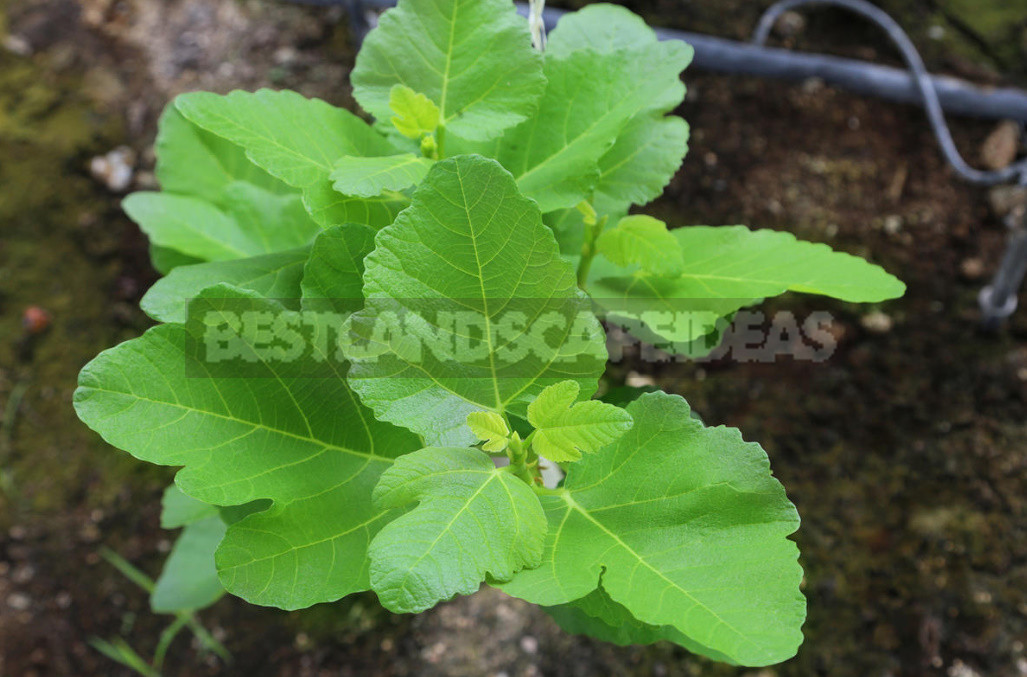
To be honest, I have long planned to sew something like this, but all the time was not enough. And now I do not want to think about tailoring: the cost of the finished product is so low that if you want, I can wrap up three times for the winter all the trees and shrubs on the site. And a few ready-made cones necessarily buy in stock-shading from the spring sun canadian spruce.
Fruit and berry
Having dealt with ornamental plants, turn your eyes to the fruit and berry. As I was able to find out, of the fruit trees in the first year of planting, only apricots and peaches are sheltered, and then only during the most severe frosts, opening them at the first opportunity.

Insulation will need most varieties of table and dessert grapes, many summer residents do not risk leaving raspberries, blackberries without winter clothes. I will not bore you with the enumeration of the same actions, because the amount of work for all plants is almost the same: pruning, removal from supports, if necessary, treatment from pests and diseases, shelter from frost (dry land, compost, spruce branches and other materials) and from precipitation (non-woven fabric, film, slate, boards and so on).
What about you?
In principle, there is nothing complicated in the shelter of plants, especially now, when there are ready-made covers of non-woven materials for shrubs and trees. Inexpensive, fast, simple, and beautiful, which is also important, because to admire the hidden roses and clematis will have more than one month. And what plants in the garden do you shelter? And what kind of materials? Share their experiences. Very interesting!
